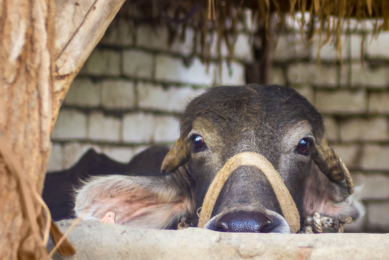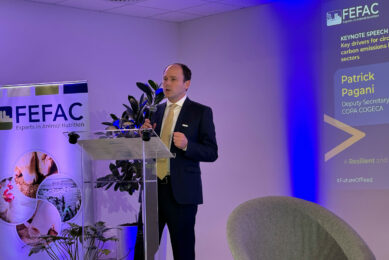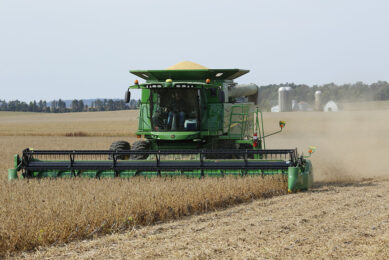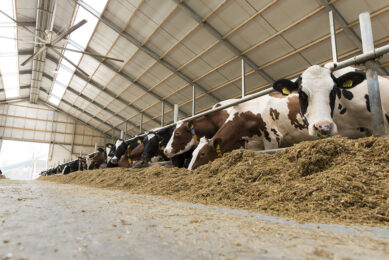Europe’s feed sector stuck with high grain costs

Europe’s animal feed suppliers can make only marginal adjustments to cope with soaring global grain prices, with scant substitutes at their disposal, and are passing rising costs on to farmers, Reuters reports.
As costs rise faster than meat prices, the squeeze on farmers may become so severe that a number could be forced to cull their herds.
Global corn and wheat prices rose about 50% and soybeans by around 20% in the six weeks to the end of July as US crops were hit by heat and drought. Analysts say pricing pressures are now shifting to feed wheat, which could rise faster than milling wheat.
In Spain, Europe’s major pork producer, farmers are particularly vulnerable because its animal feed industry relies on imports.
“The situation is very, very, very worrying. Some of the big farmers will be able to cope by cutting production to bear the price rise, but some of the smaller farms have already reached a point of no return,” said Javier Alejandre, an analyst at Spain’s Union de Pequenos Agricultores y Ganaderos (UPA).
Compound feed producers are looking for any possible combination to lower input costs and protect farmers and consumers from volatile commodity prices, traders said.
Substitutes
John Brennan, director of research and development for animal nutrition at Nutreco, said the Dutch feed producer aimed to reduce the impact of high grain prices by turning to byproducts of the food and beer industry, which in the Netherlands means mostly distillers’ grains.
“The use of these (byproducts) is limited and linked to availability,” he said, adding that they cannot be transported over long distances.
“In North America where we have growth of the ethanol industry, we have increased availability of distilled grains and we use it as feedstock.”
Brennan said the biggest savings have come from additives – mixes of vitamins, minerals, emulsifiers and some chemicals. They improve the nutritional value, taste, colour or digestion and change the way that grains are absorbed. “That’s where the revolution is taking place,” he added.
Recently developed blends have led to cost savings of 10% for ruminants’ feed, but cost savings for pig and poultry feed were much lower, Brennan said.
Going out of business
Farmer groups in France have said that higher feed costs have already been passed on to animal breeders.
Christiane Lambert, vice president of France’s largest farm union FNSEA, estimated that feed now accounts for 70% of the production cost of pork, up from 60% a few months ago.
“The price of feed has risen by more than the price of pork,” she said. “The risk is that some of the producers will go out of business.”
FNSEA wants supermarkets to pass the higher costs on to consumers in meat prices. Its head said last month he would ask the French body that monitors food prices and margins to start talks with retailers.
In France, a large barley crop this year and the possibility of a higher-than-normal share of feed grain in the wheat harvest due to heavy rain could offer some relief, feed companies said.
But high prices still have extended to all major feed ingredients including other grains and additives.
“Finding substitutes for grains is not an easy job, and the only solution I see is to have fewer animals,” a Dutch trader said.











